Home>Gardening & Outdoor>Landscaping Ideas>How To Know If My St. Augustine Grass Has Fungus


Landscaping Ideas
How To Know If My St. Augustine Grass Has Fungus
Modified: October 18, 2024
Learn how to identify and treat fungus in St. Augustine grass with expert landscaping ideas. Keep your lawn healthy and vibrant.
(Many of the links in this article redirect to a specific reviewed product. Your purchase of these products through affiliate links helps to generate commission for Storables.com, at no extra cost. Learn more)
Introduction
Maintaining a lush, vibrant lawn is a source of pride for many homeowners. St. Augustine grass, known for its lush, dense growth and tolerance to heat and humidity, is a popular choice for lawns in warm climates. However, even the most well-tended lawns can fall victim to fungal infections, which can quickly turn a once-thriving expanse of green into a patchy, discolored eyesore. Understanding how to recognize and address fungal issues is crucial for preserving the health and beauty of your St. Augustine grass.
In this comprehensive guide, we will delve into the intricacies of St. Augustine grass, exploring the signs and symptoms of fungal infections, common types of fungal diseases that affect this grass variety, methods for testing for fungus, and preventive measures and treatments to safeguard your lawn. By the end of this article, you will be equipped with the knowledge and tools to identify, prevent, and address fungal infections in your St. Augustine grass, ensuring that it remains a stunning focal point of your outdoor space.
Key Takeaways:
- Keep an eye out for yellow patches, powdery growth, and slow growth in your St. Augustine grass, as these could be signs of fungal infections. Early detection is key to keeping your lawn healthy and beautiful.
- To prevent and treat fungal infections, maintain proper lawn care, test for fungus, and use targeted treatments. By taking proactive measures, you can ensure your St. Augustine grass remains lush and vibrant.
Read more: Why Is My St. Augustine Grass Turning Yellow
Understanding St. Augustine Grass
St. Augustine grass (Stenotaphrum secundatum) is a warm-season turfgrass prized for its lush, dense growth and rich green color. Native to the Gulf Coast region, this grass variety thrives in warm, humid climates, making it a popular choice for lawns in the southern United States and other tropical and subtropical regions.
Characterized by its broad, flat blades and vigorous lateral growth, St. Augustine grass forms a dense carpet that can effectively choke out weeds when properly maintained. Its ability to withstand moderate shade and its tolerance to salt make it a versatile and resilient option for lawns, parks, and commercial landscapes.
Despite its many desirable traits, St. Augustine grass is susceptible to fungal infections, especially in conditions of excessive moisture and poor air circulation. Understanding the unique characteristics of St. Augustine grass is essential for recognizing when it may be vulnerable to fungal diseases and taking proactive measures to maintain its health.
When properly cared for, St. Augustine grass can thrive, creating a luxurious, inviting outdoor environment. However, it is important to be aware of the potential threats posed by fungal infections and to be able to identify and address them promptly to protect the vitality and beauty of your lawn.
Signs of Fungus in St. Augustine Grass
Recognizing the signs of fungal infections in St. Augustine grass is crucial for early intervention and effective treatment. Fungal diseases can manifest in various ways, often causing visible changes in the appearance and texture of the grass. By familiarizing yourself with the common indicators of fungal infections, you can promptly address any issues and prevent them from spreading.
One of the primary signs of fungal infections in St. Augustine grass is the presence of discolored or yellowing patches on the lawn. These areas may appear water-soaked or greasy and can gradually expand in size if left untreated. Additionally, the grass blades in affected areas may exhibit unusual browning or develop lesions, giving the lawn a patchy, unsightly appearance.
Another telltale sign of fungal infections is the presence of powdery or fuzzy growth on the grass blades. This powdery substance, often white or gray in color, indicates the presence of fungal spores and is a clear indicator of an underlying fungal issue. Furthermore, the development of thin, web-like strands or mycelium in the thatch layer of the grass is a common sign of certain fungal infections, signaling the need for immediate attention.
Moreover, areas of the lawn that display slow or stunted growth, despite adequate watering and fertilization, may be experiencing the detrimental effects of fungal diseases. The presence of thinning or weakened grass in specific sections of the lawn can be a result of underlying fungal infections, which impede the grass’s ability to thrive and flourish.
By remaining vigilant and observant, homeowners can identify these signs of fungal infections in St. Augustine grass and take proactive measures to mitigate the spread of the diseases. Early detection and intervention are key to preserving the health and vitality of the lawn, ensuring that it remains a stunning focal point of the outdoor landscape.
Common Types of Fungal Infections
St. Augustine grass is susceptible to several common types of fungal infections, each with distinct characteristics and effects on the health of the lawn. Understanding these prevalent fungal diseases is essential for effectively identifying and addressing issues that may arise. Here are some of the most frequent fungal infections that can affect St. Augustine grass:
- Brown Patch: This fungal disease, caused by the Rhizoctonia species, often occurs in warm, humid conditions and can lead to circular patches of discolored grass. The affected areas may exhibit a darkening or browning of the grass blades, accompanied by a slimy, water-soaked appearance. Brown patch is particularly prevalent during periods of high humidity and can spread rapidly without intervention.
- Take-All Root Rot: Characterized by the browning and decline of the grass roots, take-all root rot is caused by the fungus Gaeumannomyces graminis var. graminis. This disease can result in the thinning and weakening of the grass, often leading to the development of irregularly shaped patches of discolored turf. Take-all root rot is commonly observed in lawns with poor drainage and excessive thatch buildup.
- Gray Leaf Spot: Caused by the Pyricularia grisea fungus, gray leaf spot manifests as small, dark lesions on the grass blades, eventually leading to the withering and browning of the affected areas. This fungal infection thrives in warm, humid conditions and can spread rapidly, particularly in lawns with dense thatch and insufficient air circulation.
- Downy Mildew: Recognized by the development of a white, powdery growth on the grass blades, downy mildew is caused by the Peronosclerospora species. This fungal disease can result in the yellowing and weakening of the grass, often leading to the formation of irregular patches of discolored turf. Downy mildew is commonly observed in lawns with excessive moisture and poor air circulation.
By familiarizing yourself with these common types of fungal infections, you can better identify the specific symptoms and characteristics associated with each disease. This knowledge is invaluable for implementing targeted preventive measures and treatments to safeguard your St. Augustine grass against these potentially damaging fungal issues.
Inspect your St. Augustine grass for signs of fungus, such as yellowing, brown patches, or powdery mildew. Look for any unusual growth or discoloration and consult a professional for proper diagnosis and treatment.
Testing for Fungus in St. Augustine Grass
Accurately diagnosing fungal infections in St. Augustine grass is paramount for implementing effective treatment strategies and preventing the spread of diseases. Testing for fungus in your lawn can provide valuable insights into the presence of specific pathogens and the extent of the infections, guiding your approach to remediation. Here are some methods for testing and identifying fungal issues in St. Augustine grass:
- Visual Inspection: Conduct a thorough visual assessment of your lawn to identify any abnormal discoloration, growth patterns, or textural changes in the grass. Look for areas of yellowing, browning, or patchy growth, as well as the presence of powdery or fuzzy growth on the grass blades. Additionally, inspect the thatch layer for signs of mycelium or web-like strands, which can indicate the presence of certain fungal infections.
- Diagnostic Services: Utilize diagnostic services offered by local agricultural extension offices or professional laboratories. These services often involve submitting samples of affected grass, soil, or thatch for analysis, allowing experts to identify specific pathogens and provide recommendations for targeted treatment options. Diagnostic testing can offer precise insights into the types of fungi present in your lawn and their impact on the grass.
- Professional Consultation: Seek guidance from lawn care professionals or certified arborists who specialize in turfgrass health. These experts can conduct on-site evaluations of your lawn, assess the signs of fungal infections, and recommend appropriate testing methods to accurately diagnose the issues. Their expertise can help you develop a tailored action plan to address the specific fungal diseases affecting your St. Augustine grass.
By employing these testing methods, homeowners can gain a comprehensive understanding of the fungal infections affecting their St. Augustine grass, enabling them to make informed decisions regarding treatment and management. Accurate diagnosis is the cornerstone of effective lawn care, empowering individuals to take targeted measures to restore the health and vitality of their turf.
Read more: How To Fertilize St. Augustine Grass
Preventing and Treating Fungal Infections
Effectively preventing and treating fungal infections in St. Augustine grass requires a multifaceted approach that encompasses proactive measures, cultural practices, and targeted treatments. By implementing comprehensive strategies to mitigate the risk of fungal diseases and address existing infections, homeowners can safeguard the health and beauty of their lawns. Here are key methods for preventing and treating fungal infections in St. Augustine grass:
- Optimize Lawn Maintenance: Maintain proper mowing heights and avoid excessive thatch buildup to promote healthy air circulation and reduce moisture retention, creating an environment less conducive to fungal growth. Additionally, ensure adequate irrigation practices, avoiding overwatering and allowing the grass to dry between watering sessions to discourage fungal proliferation.
- Aerate and Dethatch: Periodically aerate the lawn to alleviate soil compaction and enhance drainage, reducing the likelihood of waterlogged conditions that can foster fungal infections. Dethatching the grass to remove excessive organic debris can further improve air and moisture movement within the turf, minimizing the risk of fungal diseases.
- Apply Fungicidal Treatments: Utilize fungicidal products specifically formulated for St. Augustine grass to address existing fungal infections and prevent their recurrence. Selective fungicides targeting common pathogens, such as those causing brown patch or gray leaf spot, can be applied according to label instructions to effectively combat the diseases and protect the grass.
- Promote Overall Lawn Health: Implement a balanced fertilization regimen to fortify the grass against stress and disease, providing essential nutrients for robust growth and resilience. Furthermore, overseeding with disease-resistant cultivars and ensuring proper soil pH and fertility levels can bolster the lawn’s natural defenses against fungal infections.
- Monitor Environmental Conditions: Stay vigilant during periods of high humidity, excessive rainfall, or prolonged wetness, as these environmental factors can create favorable conditions for fungal proliferation. Adjust lawn care practices and treatments as needed to mitigate the impact of these conditions on the health of the grass.
By integrating these preventive and treatment measures into their lawn care routines, homeowners can significantly reduce the risk of fungal infections in St. Augustine grass and effectively manage any existing issues. Proactive maintenance and targeted interventions are essential for nurturing a resilient, disease-resistant lawn that thrives in its natural environment.
Conclusion
Preserving the vitality and beauty of St. Augustine grass hinges on the ability to recognize, prevent, and address fungal infections effectively. By familiarizing yourself with the signs of fungal diseases, understanding the common types of infections that can affect this grass variety, and implementing proactive testing and treatment strategies, you can safeguard your lawn against the detrimental effects of fungal pathogens.
Furthermore, prioritizing preventive measures, such as optimizing lawn maintenance, promoting overall turf health, and monitoring environmental conditions, empowers homeowners to create an inhospitable environment for fungal proliferation. These proactive steps, coupled with targeted fungicidal treatments when necessary, form a comprehensive defense against the threat of fungal infections, ensuring the long-term resilience of your St. Augustine grass.
Ultimately, maintaining a healthy and vibrant lawn involves a combination of attentive care, informed decision-making, and a commitment to preserving the natural beauty of the outdoor landscape. By integrating the knowledge and strategies outlined in this guide into your lawn care practices, you can cultivate a thriving expanse of St. Augustine grass that serves as a stunning centerpiece of your outdoor environment, enriching your surroundings with its lush, resilient presence.
With a proactive approach to fungal infection prevention and a dedication to the well-being of your lawn, you can enjoy the enduring allure of St. Augustine grass, knowing that you are equipped to address any challenges that may arise, ensuring that your outdoor space remains a source of pride and natural splendor.
Frequently Asked Questions about How To Know If My St. Augustine Grass Has Fungus
Was this page helpful?
At Storables.com, we guarantee accurate and reliable information. Our content, validated by Expert Board Contributors, is crafted following stringent Editorial Policies. We're committed to providing you with well-researched, expert-backed insights for all your informational needs.
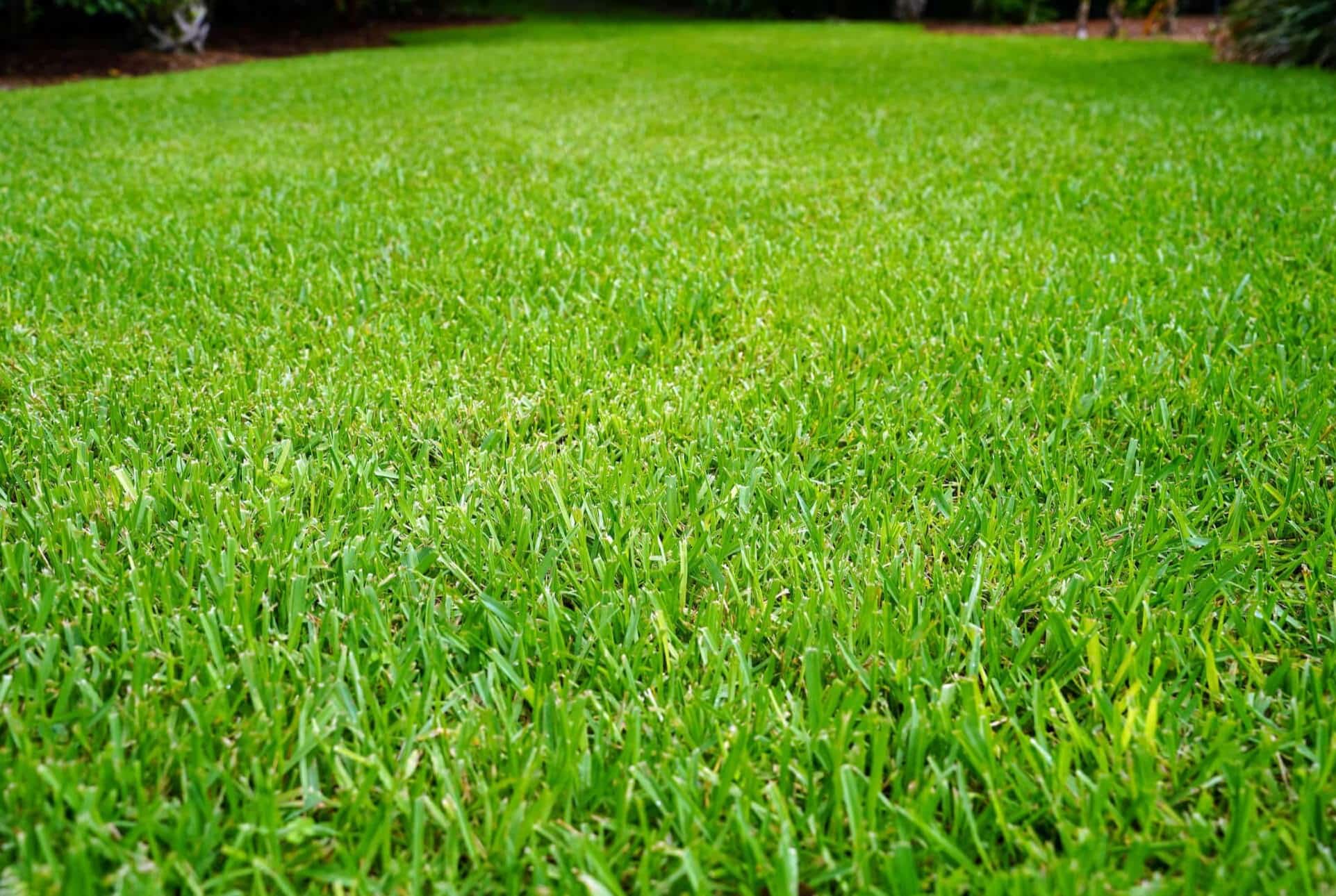
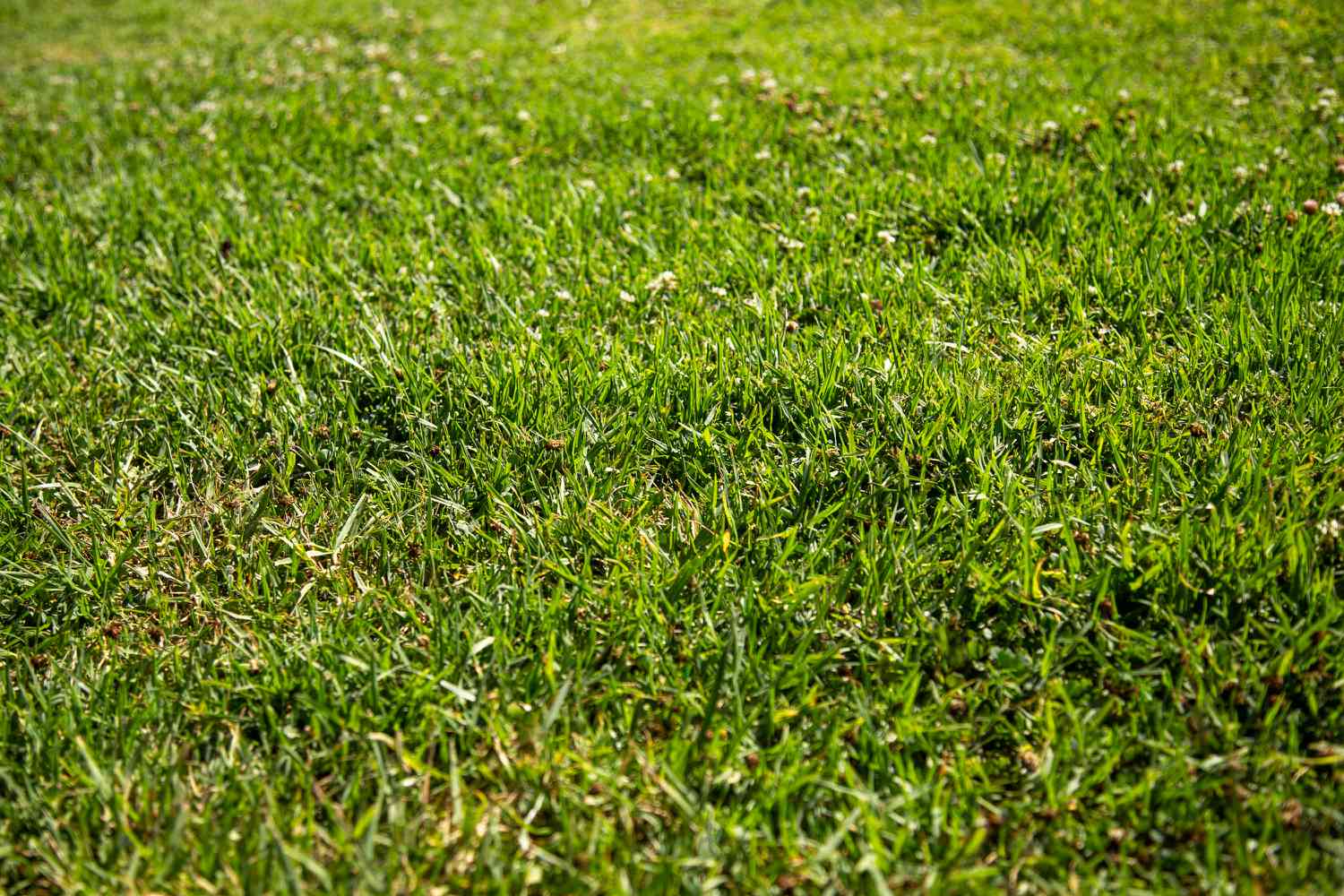
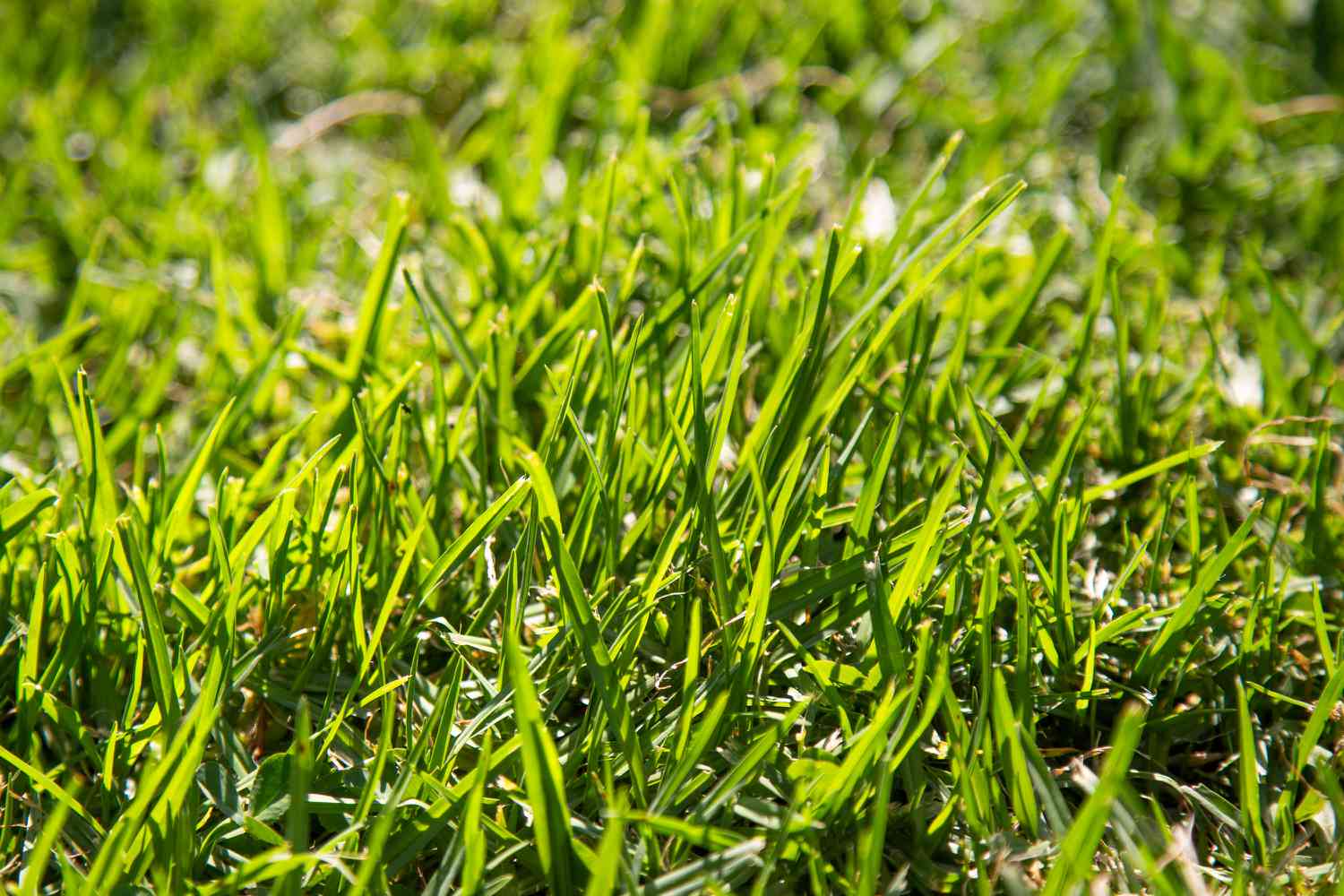
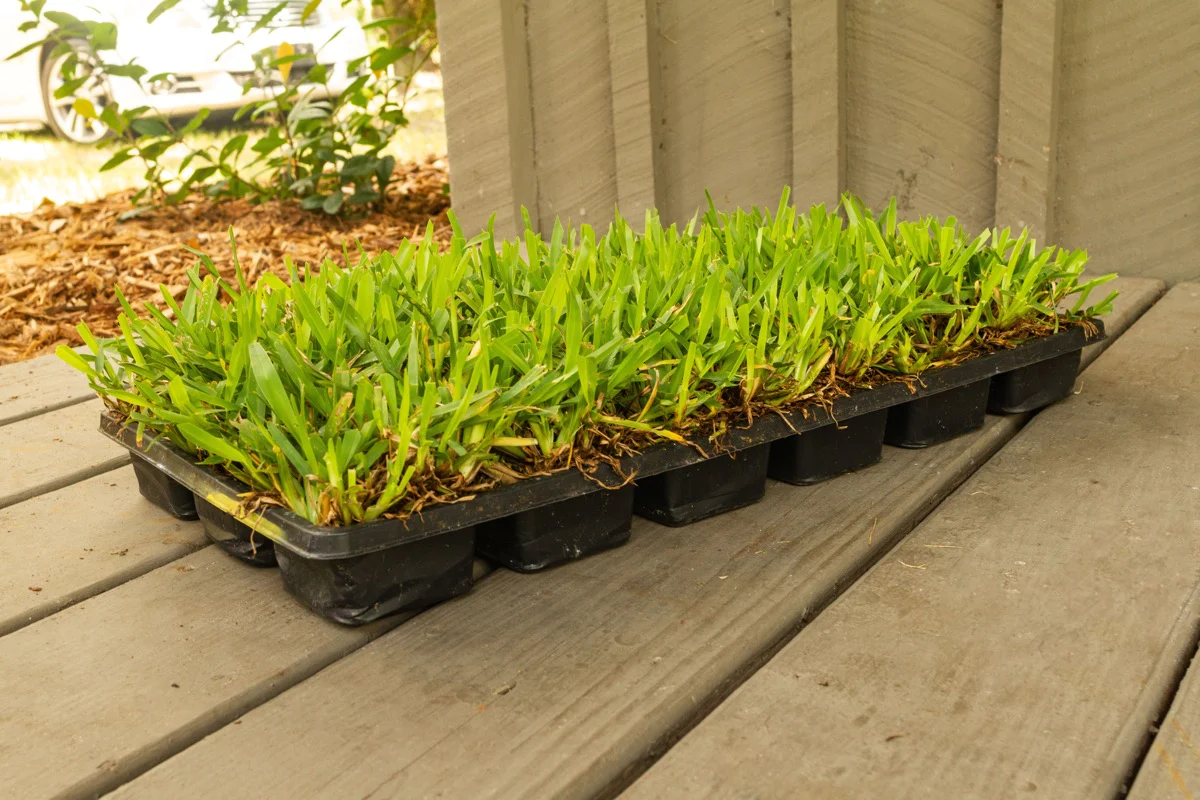
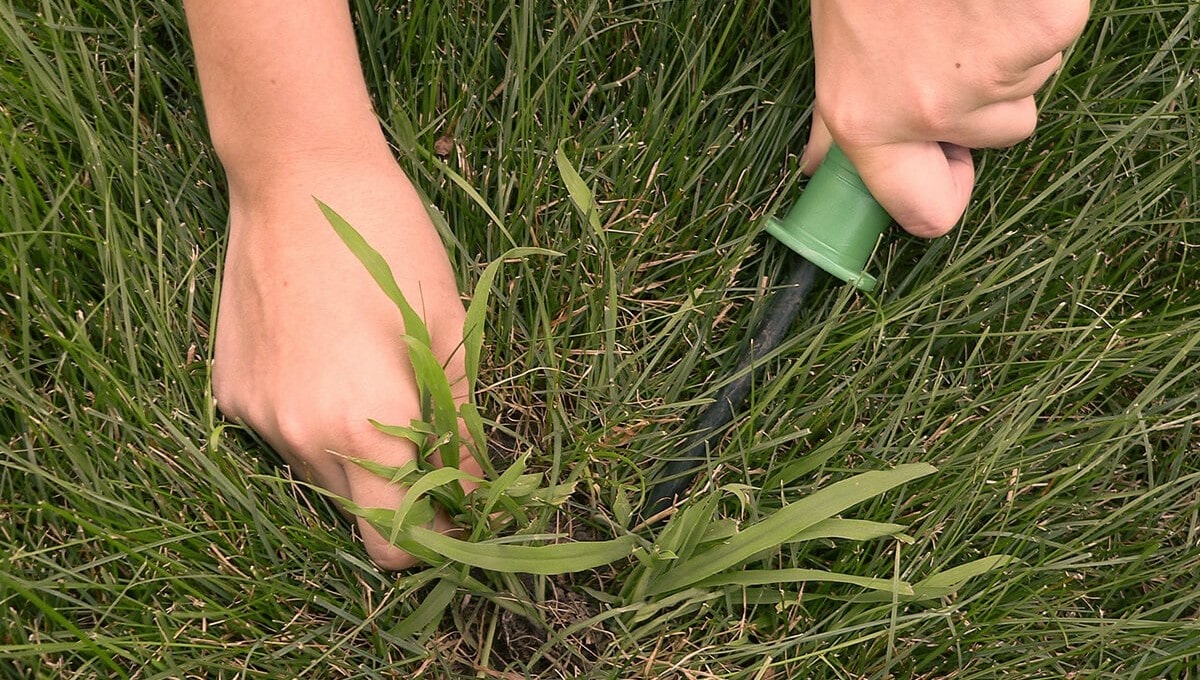
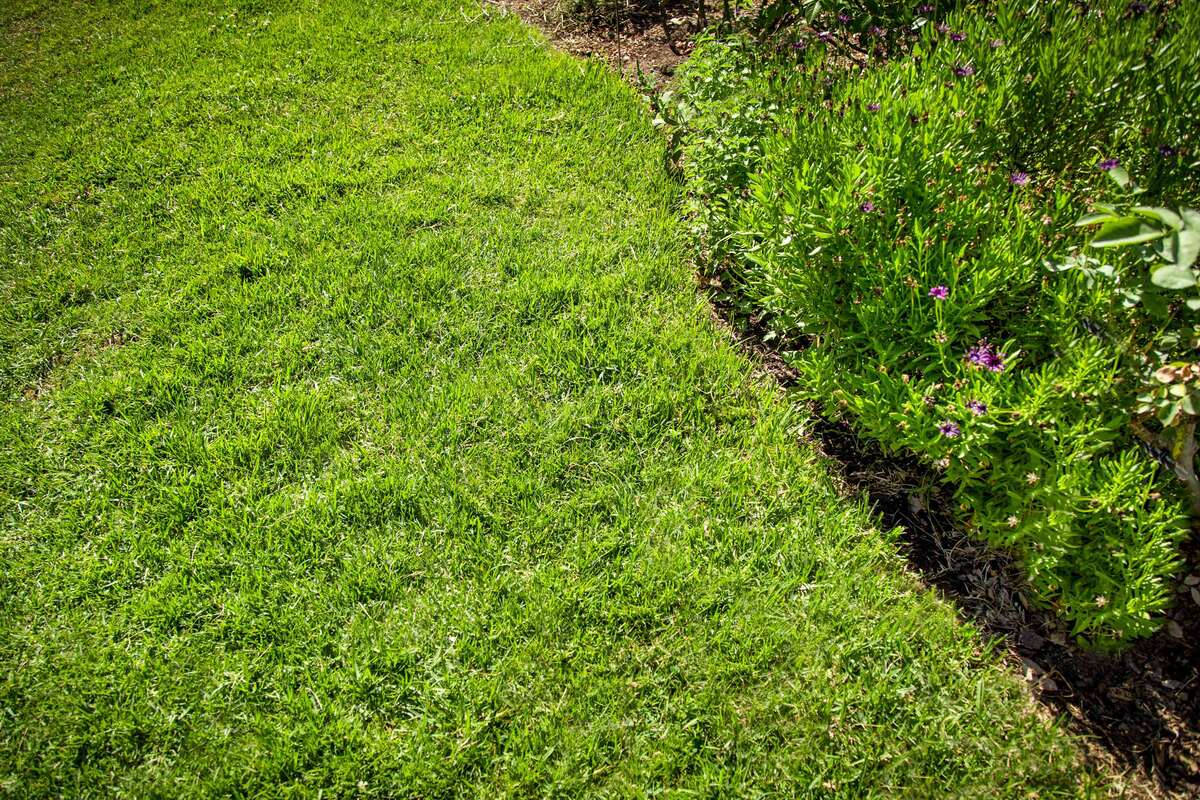
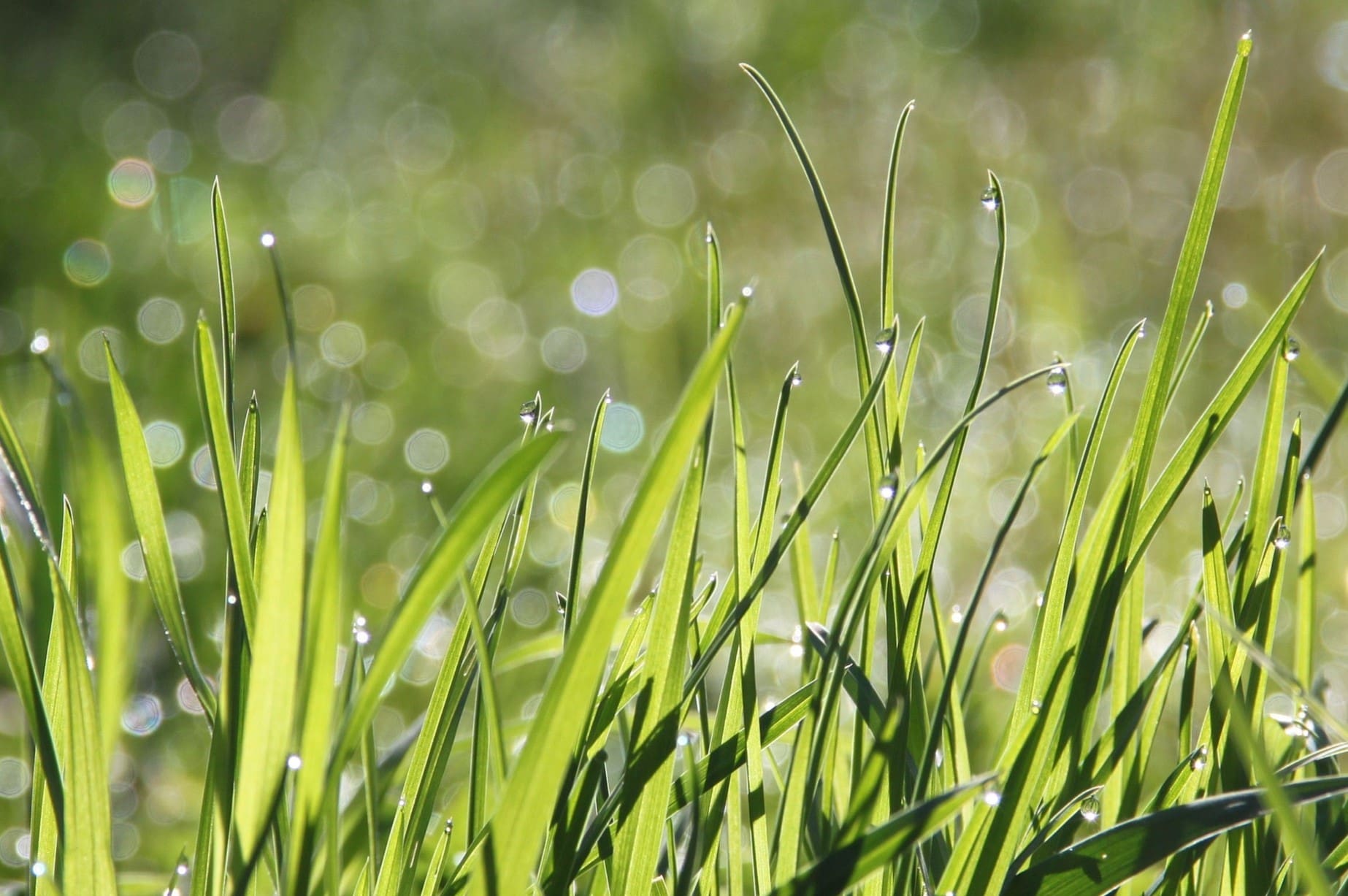
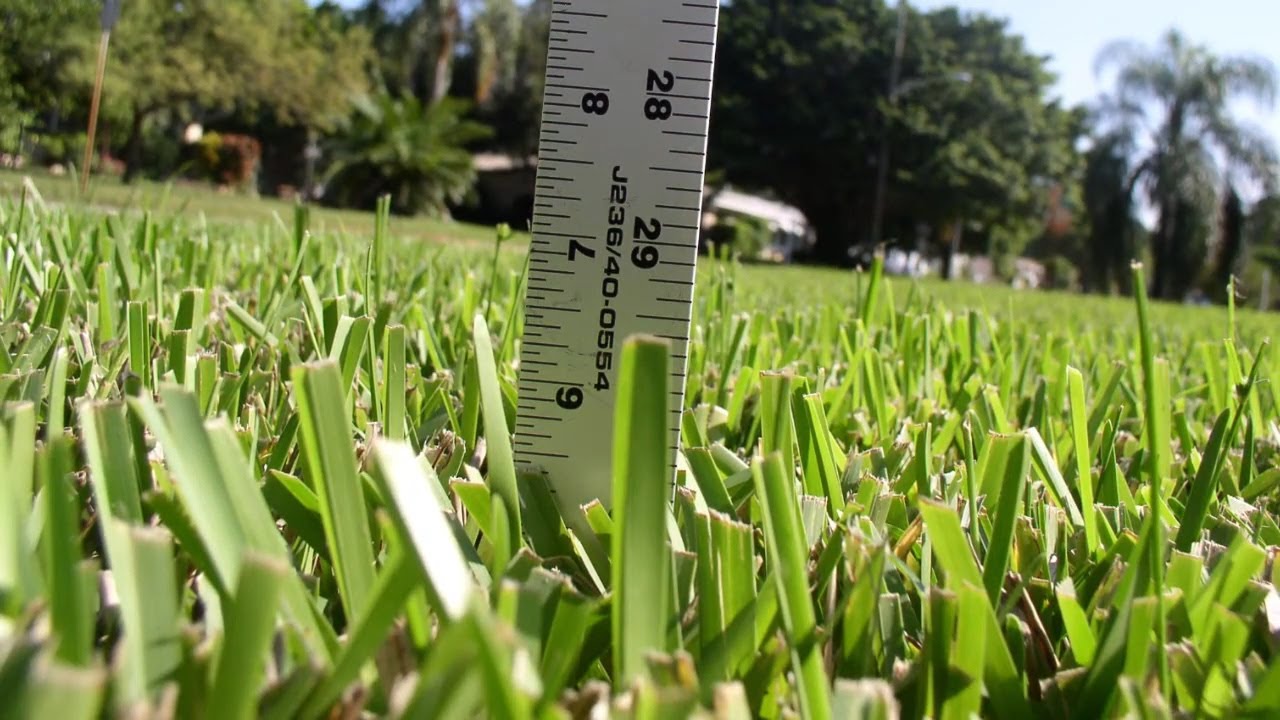
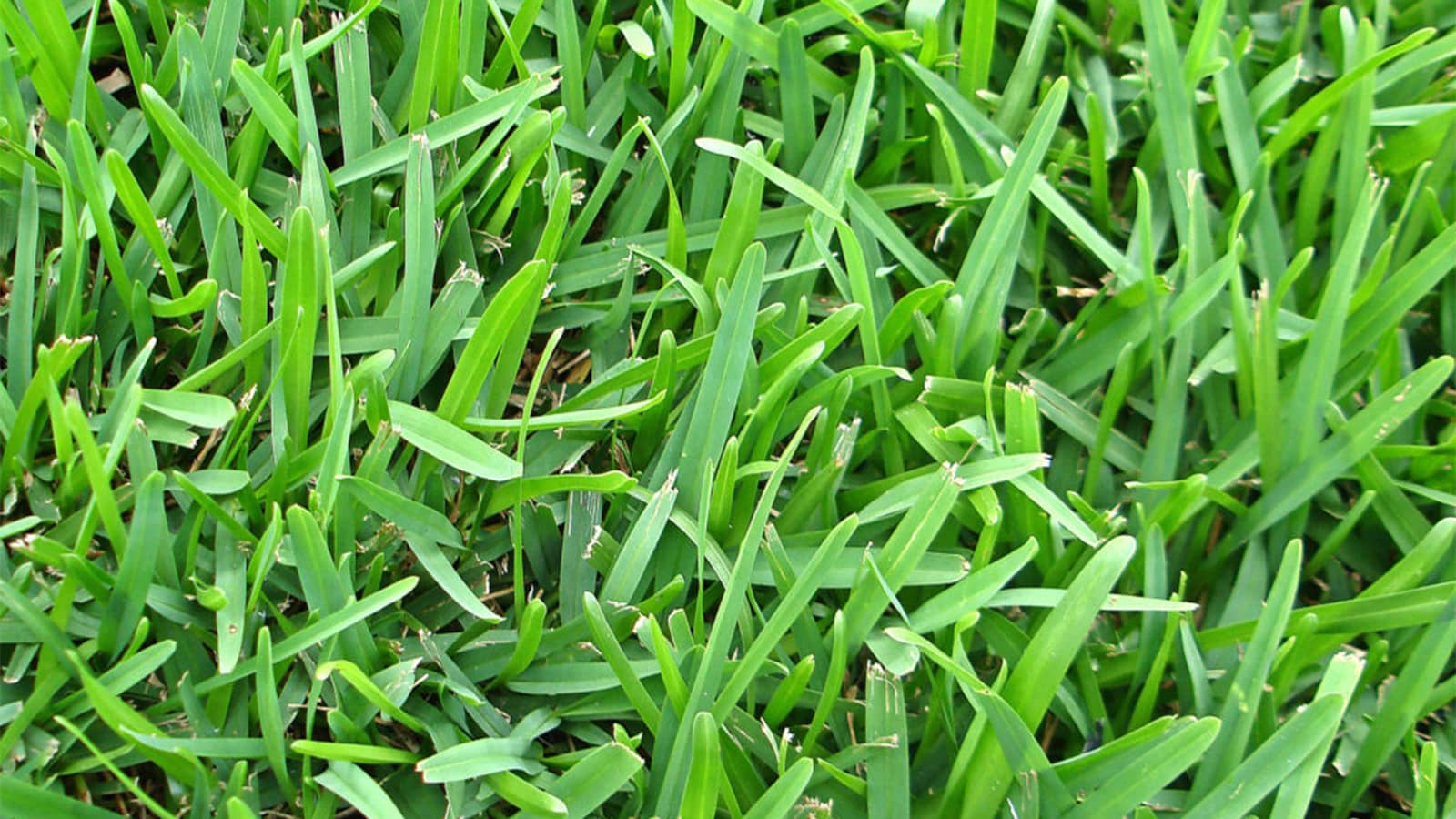
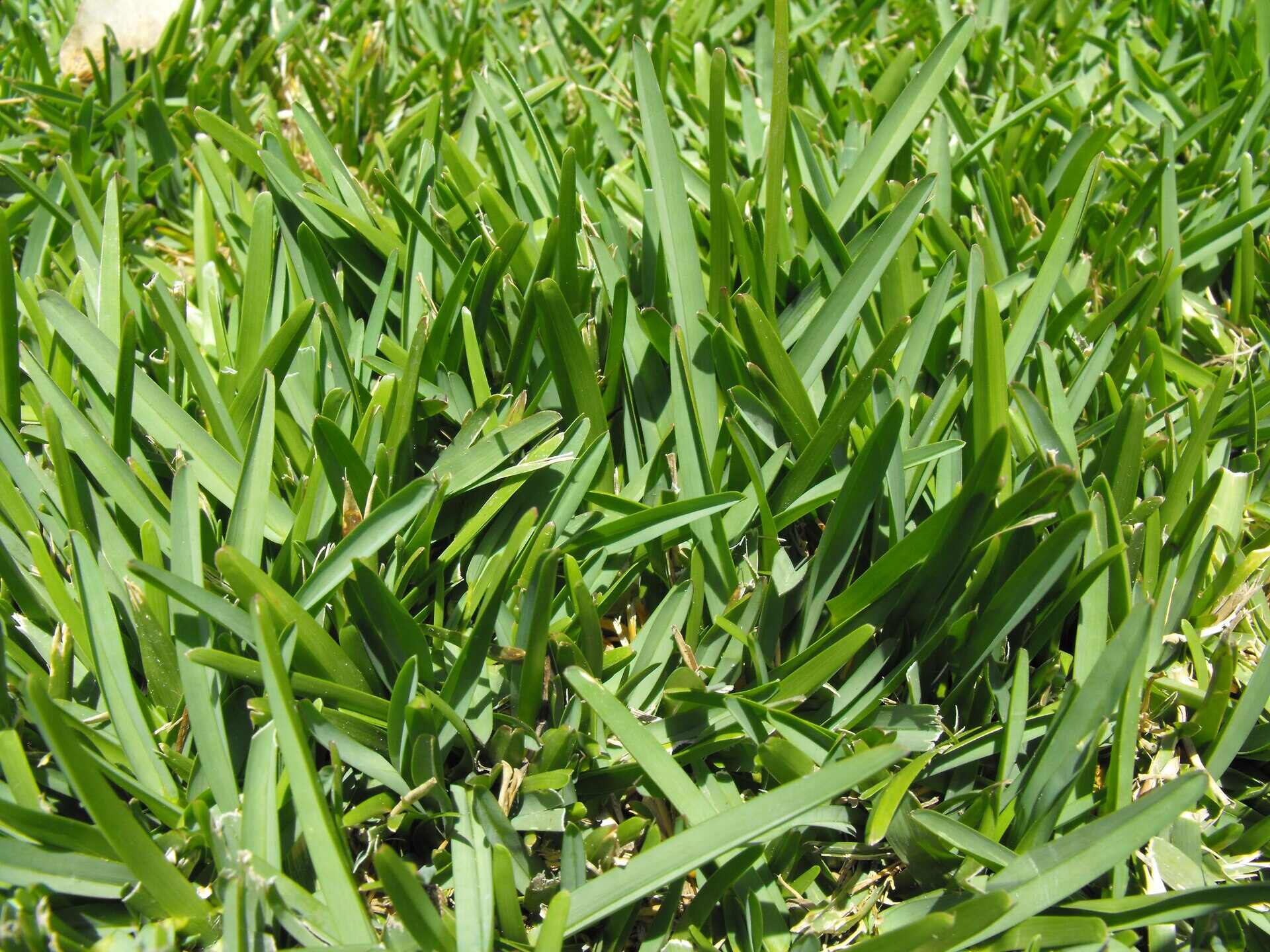
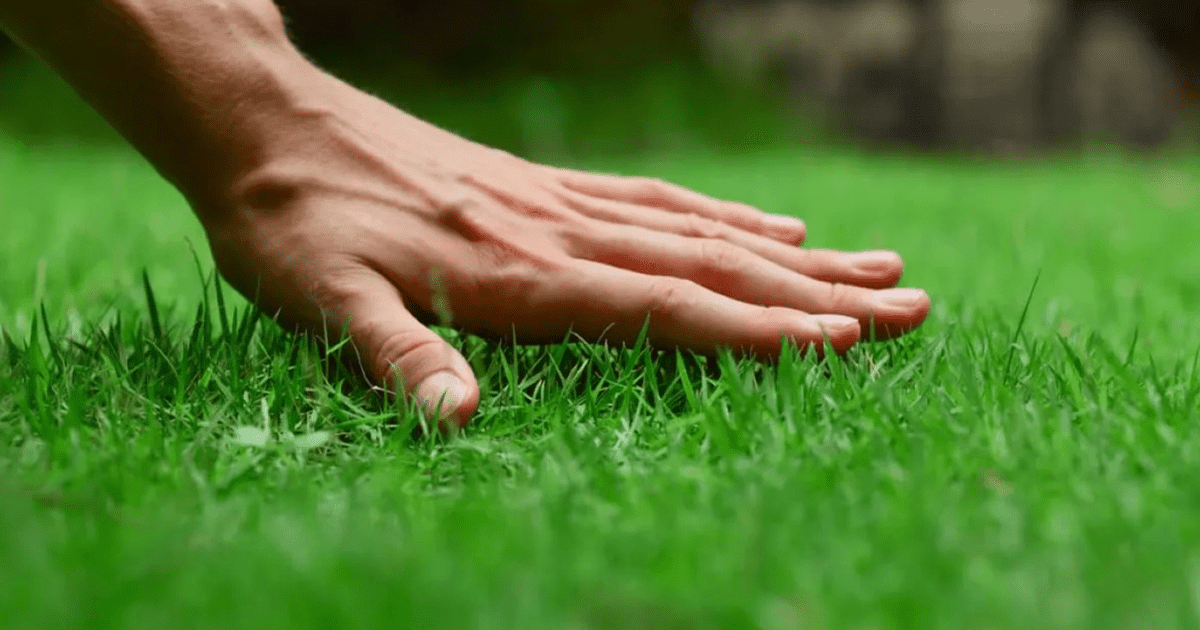
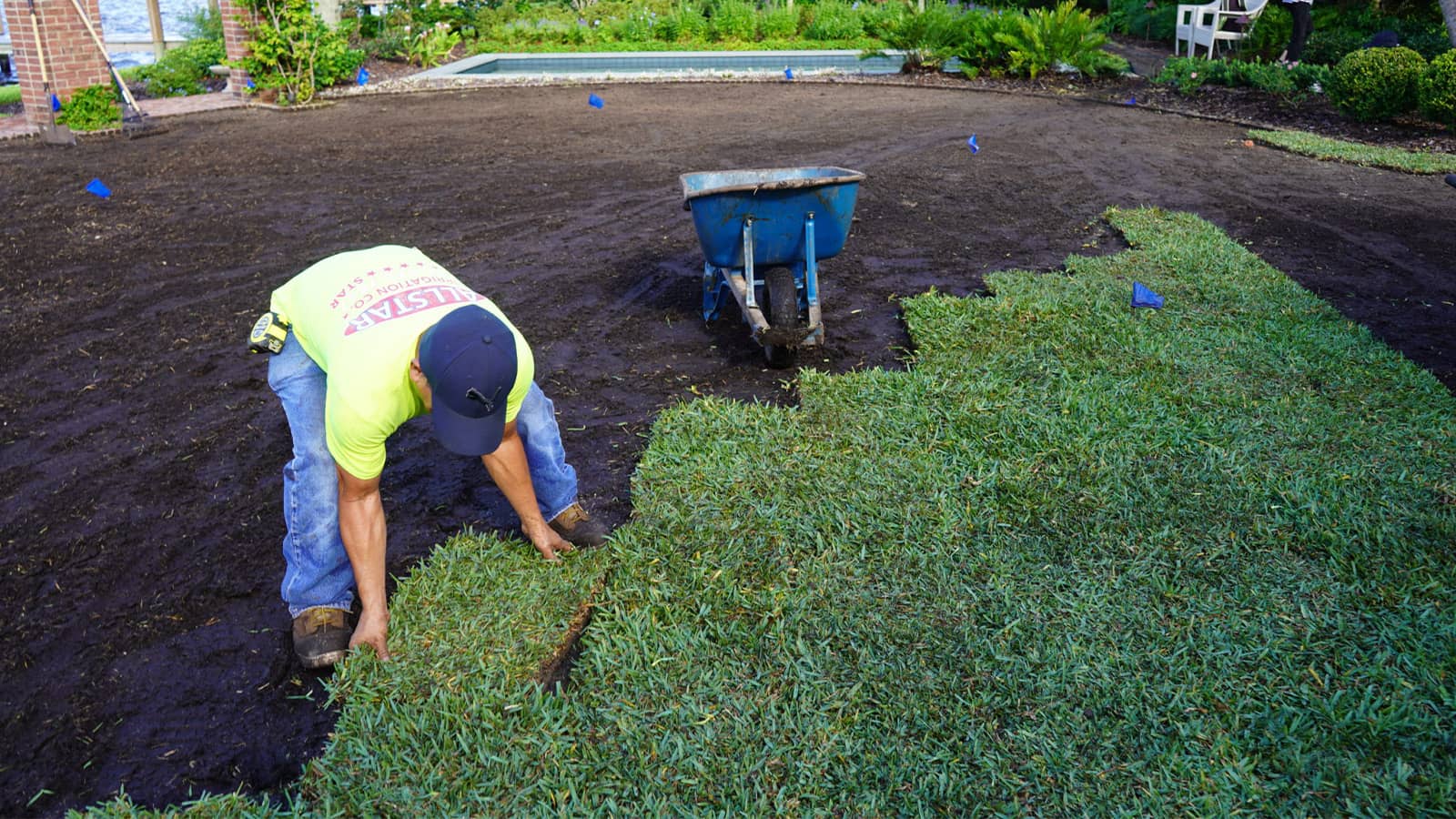
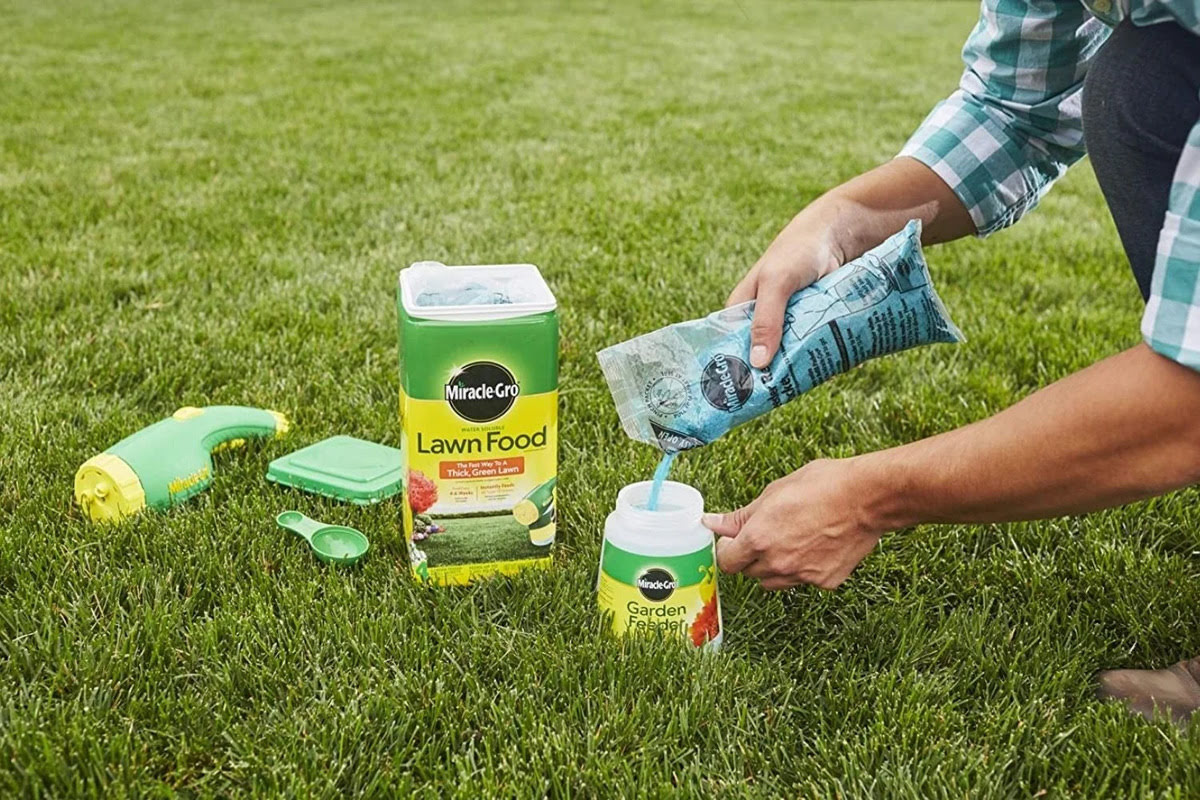
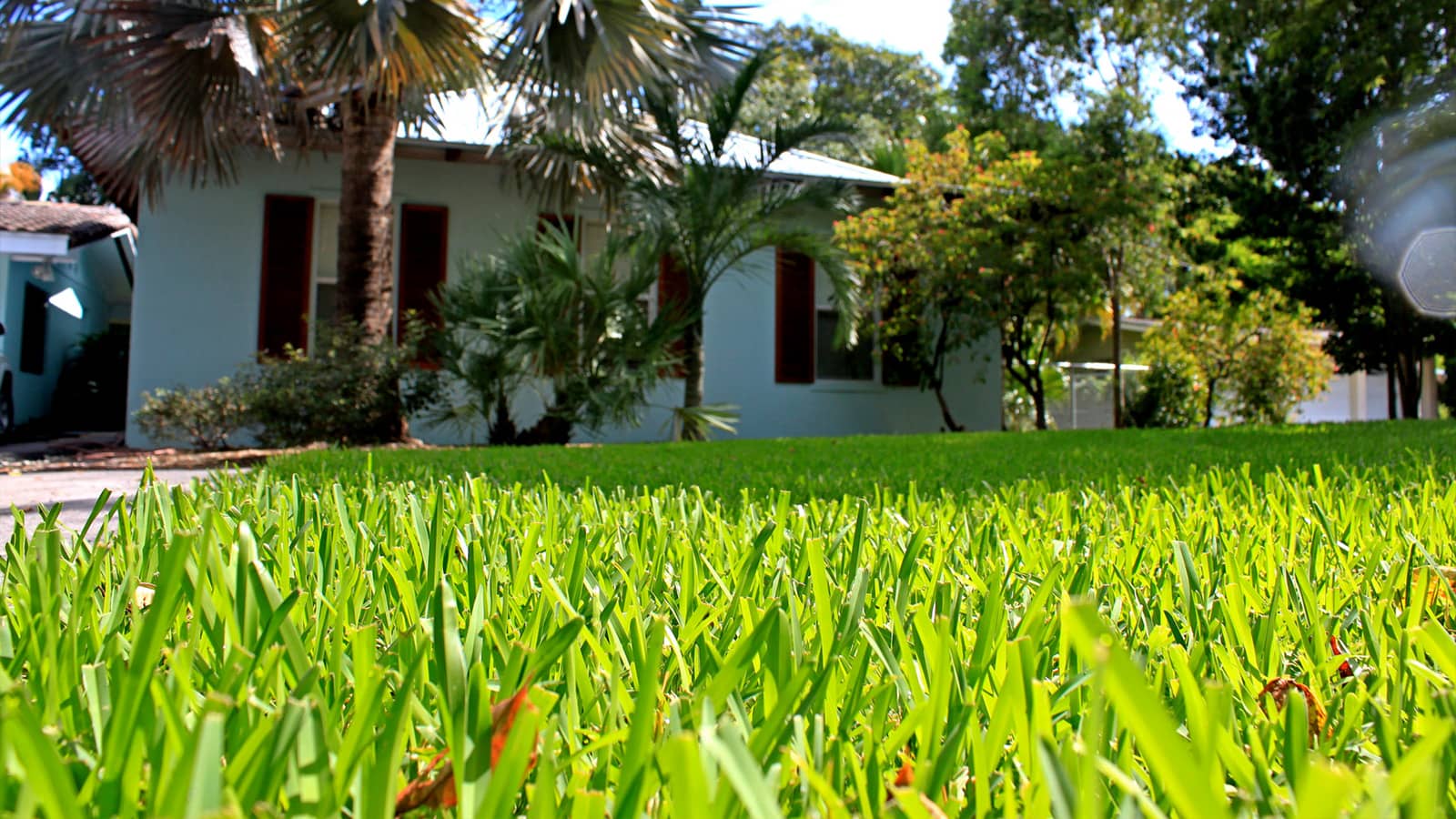

0 thoughts on “How To Know If My St. Augustine Grass Has Fungus”